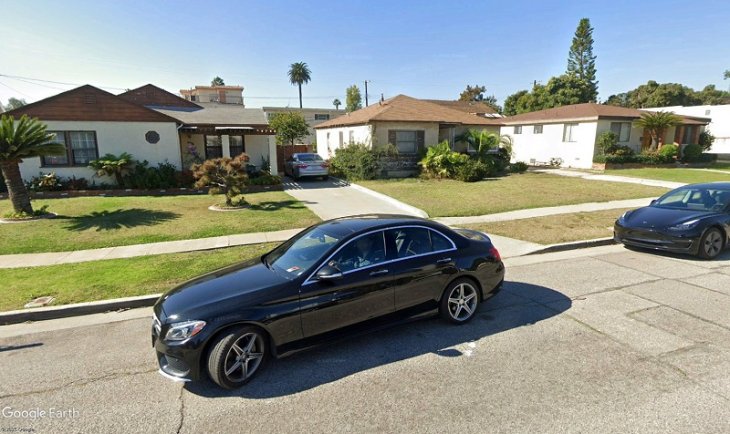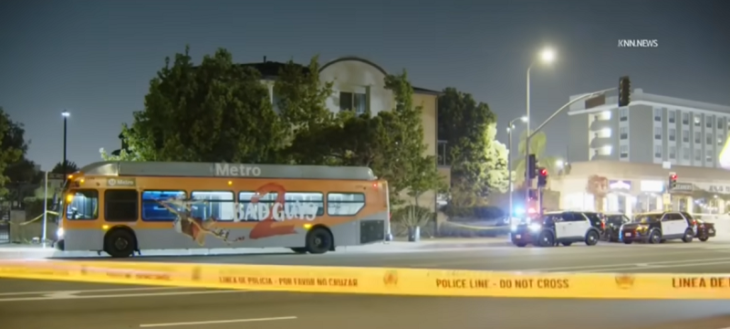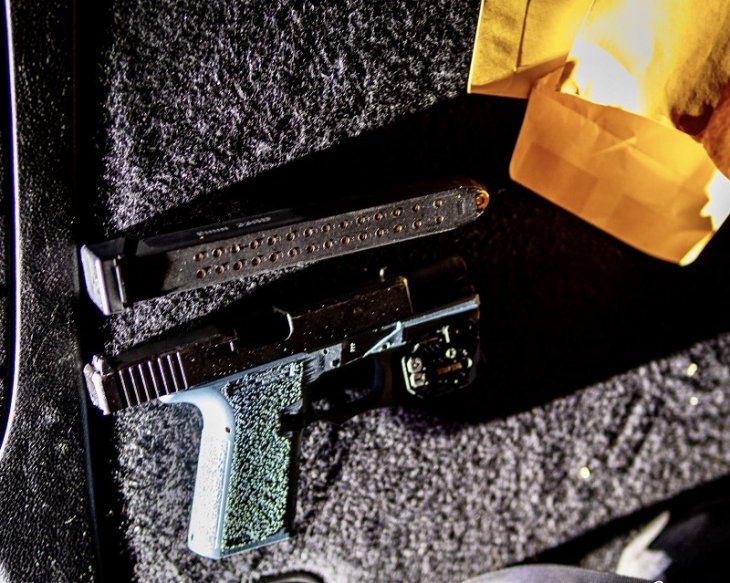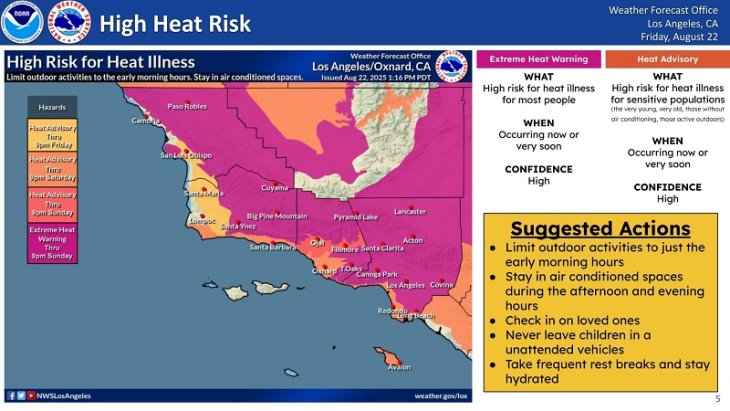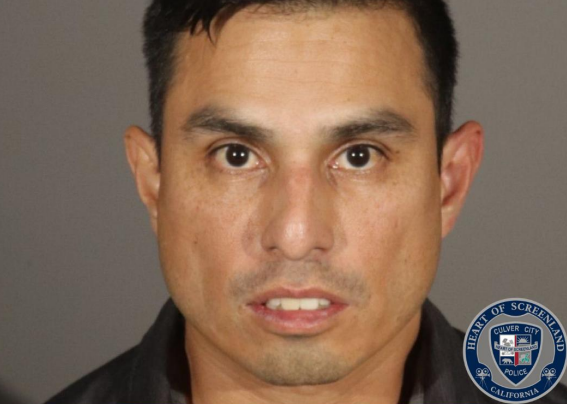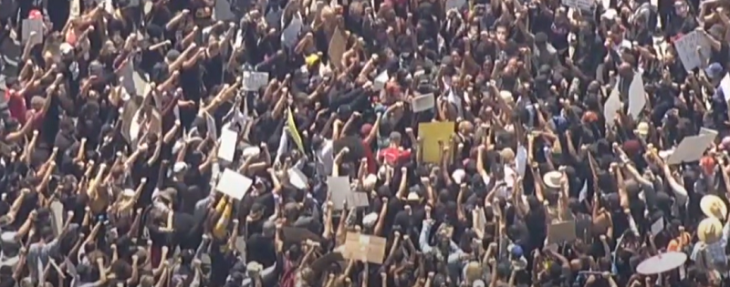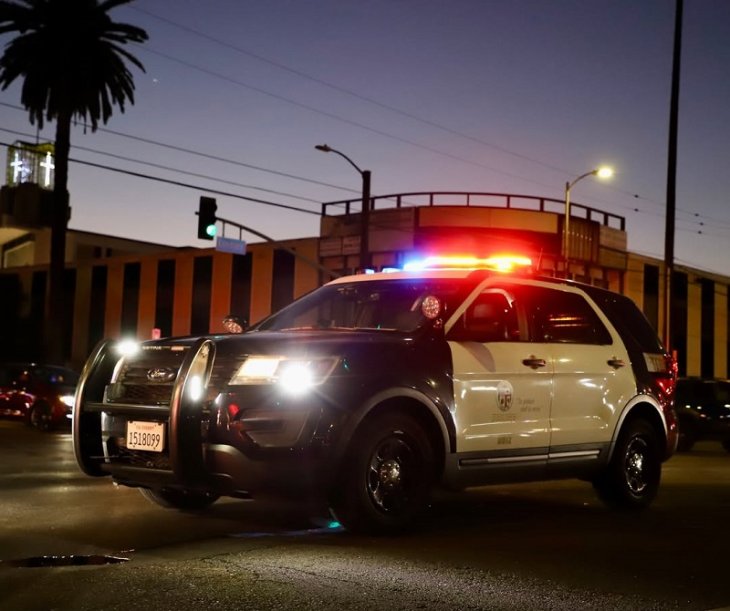
Responding to an independent watchdog’s audit that found the Los Angeles Police Department’s camera system “inadequate,” Chief Charlie Beck said Tuesday broken cameras at police stations will get fixed and staff will be better trained.
Police station surveillance cameras fail to fully capture footage of “critical” incidents, according to the Office of the Inspector General, including a case in which a man died while in custody at the Southwest Station last September.
The lack of video footage also hampered an investigation into a shooting that occurred at the Los Angeles Police Department’s West Traffic Bureau, according to a report released Monday by Inspector General Alexander Bustamante. That shooting resulted in the gunman’s death, and left one officer injured.
The two cases prompted Bustamante to launch a broader audit of camera systems at all 21 of the department’s stations.
His office found that many of the cameras were placed in locations that allowed just partial or no view of holding cells. Cameras also did not have “full coverage” of lobbies and other areas “where the public has unrestricted or unescorted access,” the report said.
Some stations also fail to regularly inspect the cameras to see if they are working, with some inoperable cameras discovered only during the OIG’s review or when video footage was being requested, according to the report.
Bustamante’s report also said the department was repeatedly denied more funding to maintain the camera system.
“It’s a good report, and it’s something we’ve known about,” Beck said following a presentation on the audit at today’s Police Commission meeting.
“Folks have to remember, we’re beginning to exit the greatest recession in our lifetime and there’s a cost to it … so as we emerge from that, we have a lot of work to do,” the chief said.
Beck said one of the challenges facing the training of station personnel on the camera system is that staff frequently rotate from station to station.
The OIG report also said many stations failed to restrict access to camera system workstations and video archives, with login and password information easily accessible in public areas and on commonly used computer networks.
The average 30-day storage of the footage was also a problem, according to the report. Footage was sometimes destroyed before investigations could begin or complaints could be made.
The OIG recommended that cameras be placed in any area in which the arrest process is taking place, such as at arrestee benches, booking stalls and holding cells. The report also suggests that multiple supervisors at each station be trained in how to use the camera system and retrieve video records; and that a policy be put in place to require station personnel to check regularly to see if cameras are working.

